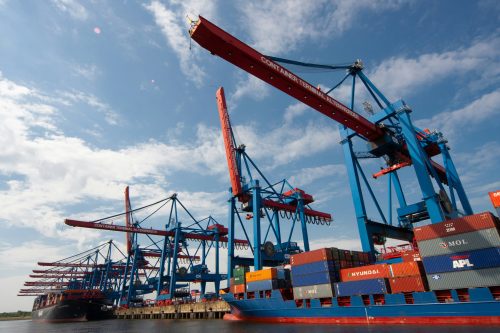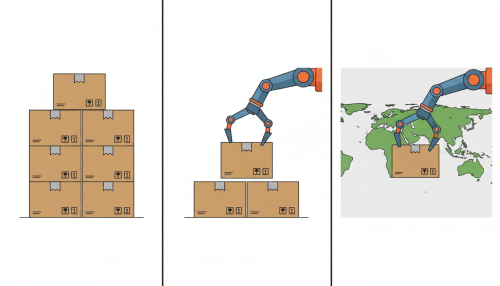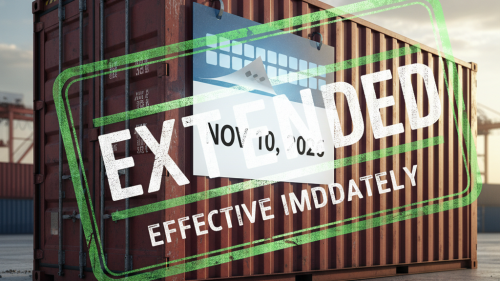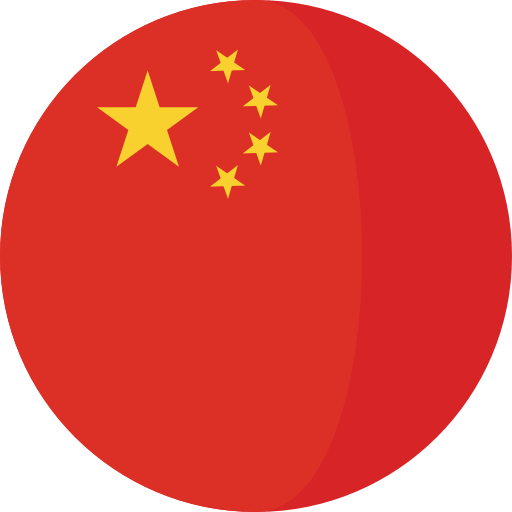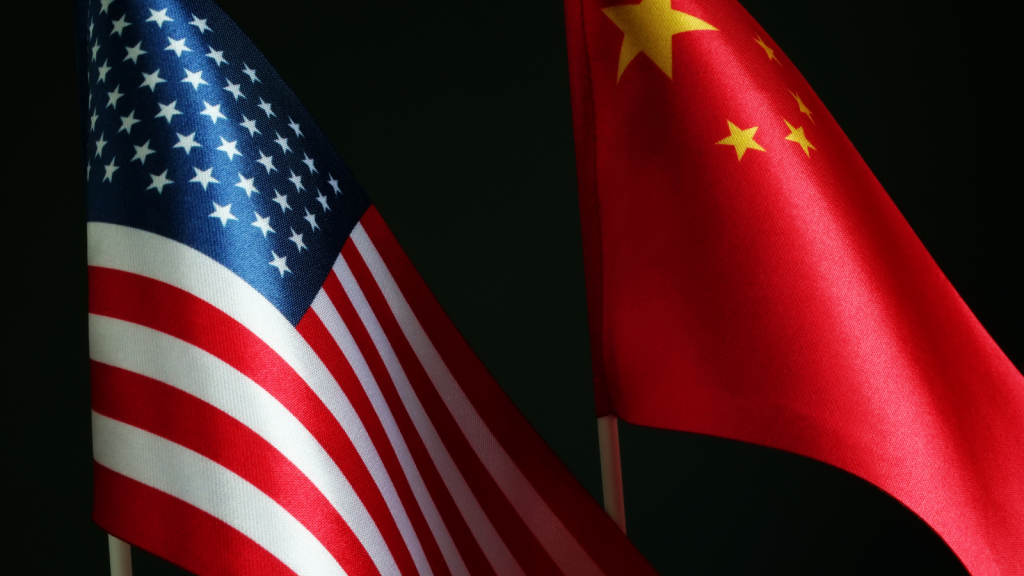
According to a report by the Financial Times on March 18, Costco has requested Chinese suppliers to reduce product prices in an attempt to offset the 20% tariff costs imposed by the U.S. government. This follows similar moves by retail giants like Walmart, Home Depot, and Target, who have all sought to pass on the financial burden of increased tariffs to their supply chains.
The Trump administration’s tariff hikes have put American companies in a tough spot, forcing them to find ways to either absorb or transfer the additional costs. Unfortunately for Chinese suppliers, they often find themselves in a weaker position in the global supply chain dynamics, making them the primary target for cost-cutting measures.
China’s Ministry of Commerce has already engaged in talks with Walmart over its attempts to shift tariff costs onto Chinese suppliers, warning that such actions could have serious consequences. However, if Chinese suppliers concede to these demands, it could play directly into the hands of the U.S. government’s broader trade strategy. President Trump has previously threatened to increase tariffs on Chinese goods by as much as 60%. If that scenario materializes, Chinese suppliers may face even greater challenges.
Since February, the Trump administration has imposed a 10% tariff on Chinese imports, which was later increased to 20%. This policy has directly raised the costs for U.S. importers, prompting retail giants to pressure Chinese suppliers for price reductions as a way to share the tariff burden. However, many Chinese suppliers have resisted these demands, leading to strained relationships between suppliers and retailers.
For Chinese suppliers, the situation is particularly dire. Rising raw material costs and fierce market competition have already squeezed profit margins. While larger suppliers may have the capacity to absorb some of the additional costs, smaller suppliers face the risk of being squeezed out of the market entirely. Some suppliers have voiced concerns that they cannot shoulder the entire burden of tariffs, as doing so would lead to operational difficulties, reduced product quality, and potentially even business closures.
The Risks of Cost Shifting
The relationship between suppliers and retailers should ideally be one of mutual benefit, not one-sided cost shifting. Forcing Chinese suppliers to lower prices under tariff pressure could destabilize the supply chain in the long term. Thin profit margins may lead to operational struggles, lower product quality, and disruptions in supply stability. Furthermore, such practices could escalate trade tensions between the U.S. and China, damaging long-term business relationships between companies in both countries.
Why Are Costs Being Shifted to Chinese Suppliers?
The U.S. has a trade deficit with nearly every country, particularly China, making it less dependent on Chinese trade than China is on U.S. trade. A significant portion of China’s exports rely heavily on the American market, leaving Chinese suppliers in a weaker position during negotiations.
Exploring New Markets: A Path to Resilience
To reduce reliance on the U.S. market, China has been diversifying its global trade network, focusing on regions like ASEAN, the EU, and Russia. These markets have become increasingly important for Chinese exports.
According to 2024 trade data:
|
Country/area |
Total trade (trillions of dollars) |
year-on-year increase |
Exports (trillions of dollars) |
Imports (trillions of dollars) |
note |
|
ASEAN (Association of Southeast Asian Nations) |
6.99 |
9% |
4.1(+13.4%) |
2.8(+3.2%) |
For five consecutive years, they have been each other's top trading partners, accounting for 15.9 per cent of China's total foreign trade value |
|
EU |
5.6 |
1.60% |
3.7(+4.3%) |
1.9(-3.3%) |
Top export market for electromechanical products, with significant growth to France and Spain |
|
United States of America |
4.9 |
4.90% |
3.7(+6.1%) |
1.2(+1.2%) |
Important market for consumer goods and electromechanical products, with trade growing at the same rate as overall |
|
South Korea (Republic of Korea) |
2.3 |
6.90% |
- |
- |
Imports of semiconductors and chemical products up 12.4 per cent |
|
Japan |
2.2 |
-2% |
- |
- |
Trade in electromechanical and high-technology sectors dominated, with imports falling year-on-year |
|
Russian |
1.74 |
2.90% |
- |
- |
Major source of energy and agricultural products, with a cumulative increase of 111.8 per cent in imports over the past five years |
|
India |
0.985 |
2.90% |
- |
- |
Export of electronic products, machinery and equipment, import of raw materials mainly |
The U.S. remains China’s third-largest trading partner, but its share of China’s total trade has decreased as China strengthens ties with other regions.
What’s Next for Chinese Suppliers?
Chinese suppliers must navigate a delicate balance between maintaining relationships with U.S. retailers and safeguarding their own profitability. While large suppliers may have the resources to weather the storm, smaller suppliers face greater risks of being pushed out of the market.
“We cannot expect U.S. companies to stand up to Trump on our behalf, nor should we rely solely on the government to protect national interests. It’s up to us to adapt and find new ways to thrive.”Expression from a Chinese netizen.
For now, expanding into alternative markets and reducing reliance on the U.S. seems to be the most viable path forward for Chinese suppliers. However, the question remains: how long can they sustain this balancing act in the face of mounting pressure from both tariffs and retailers?

